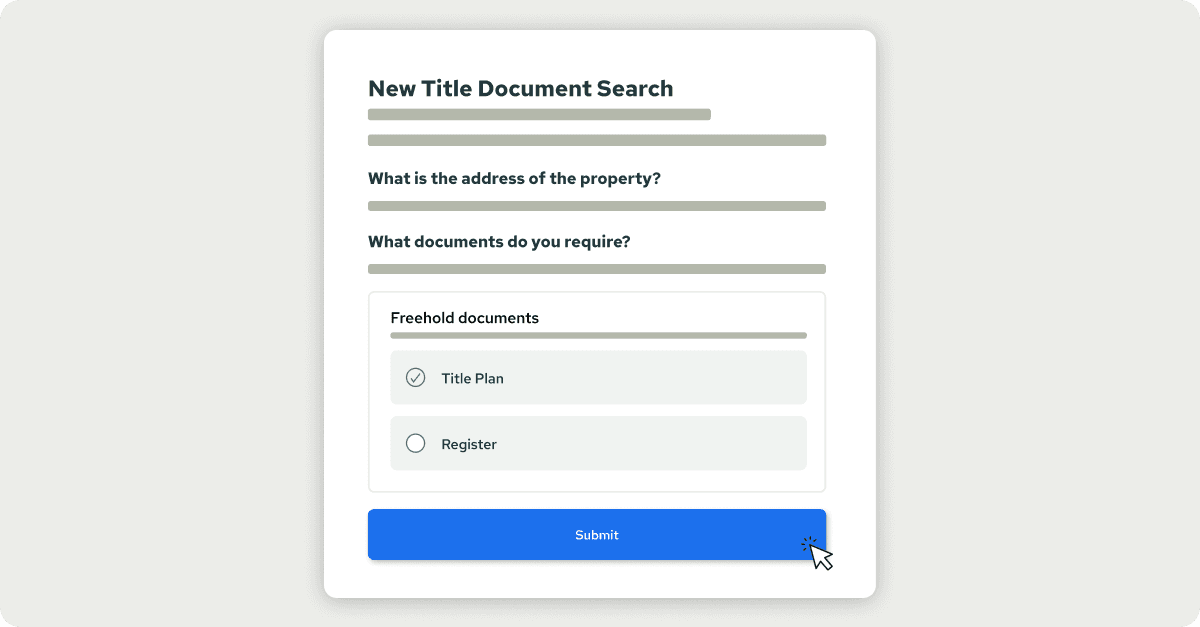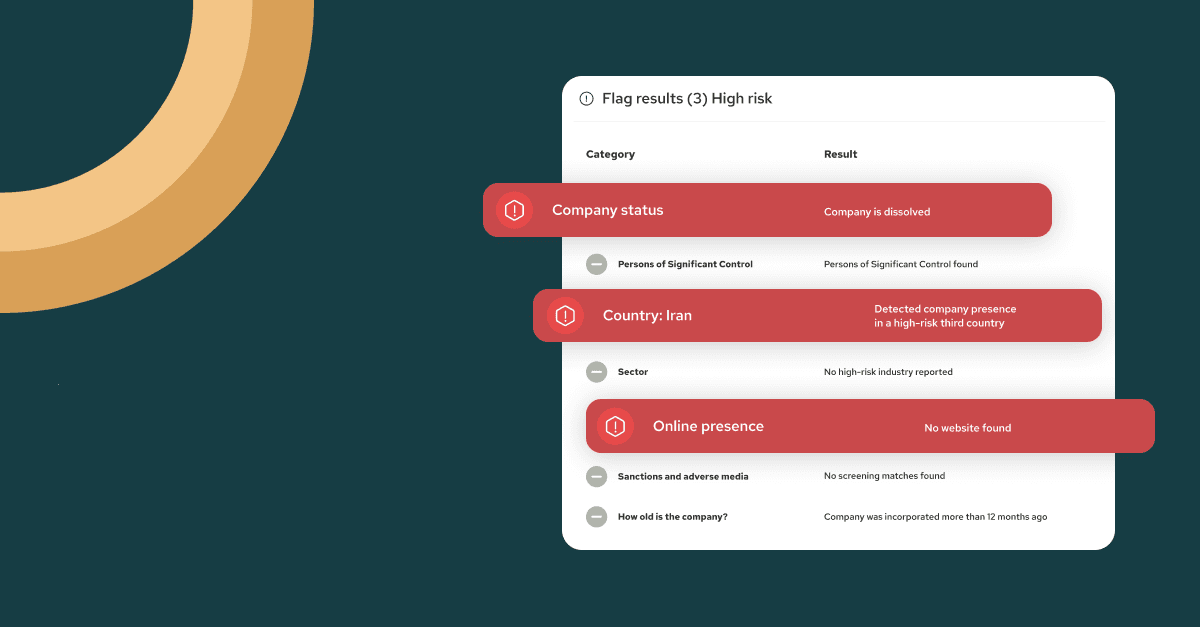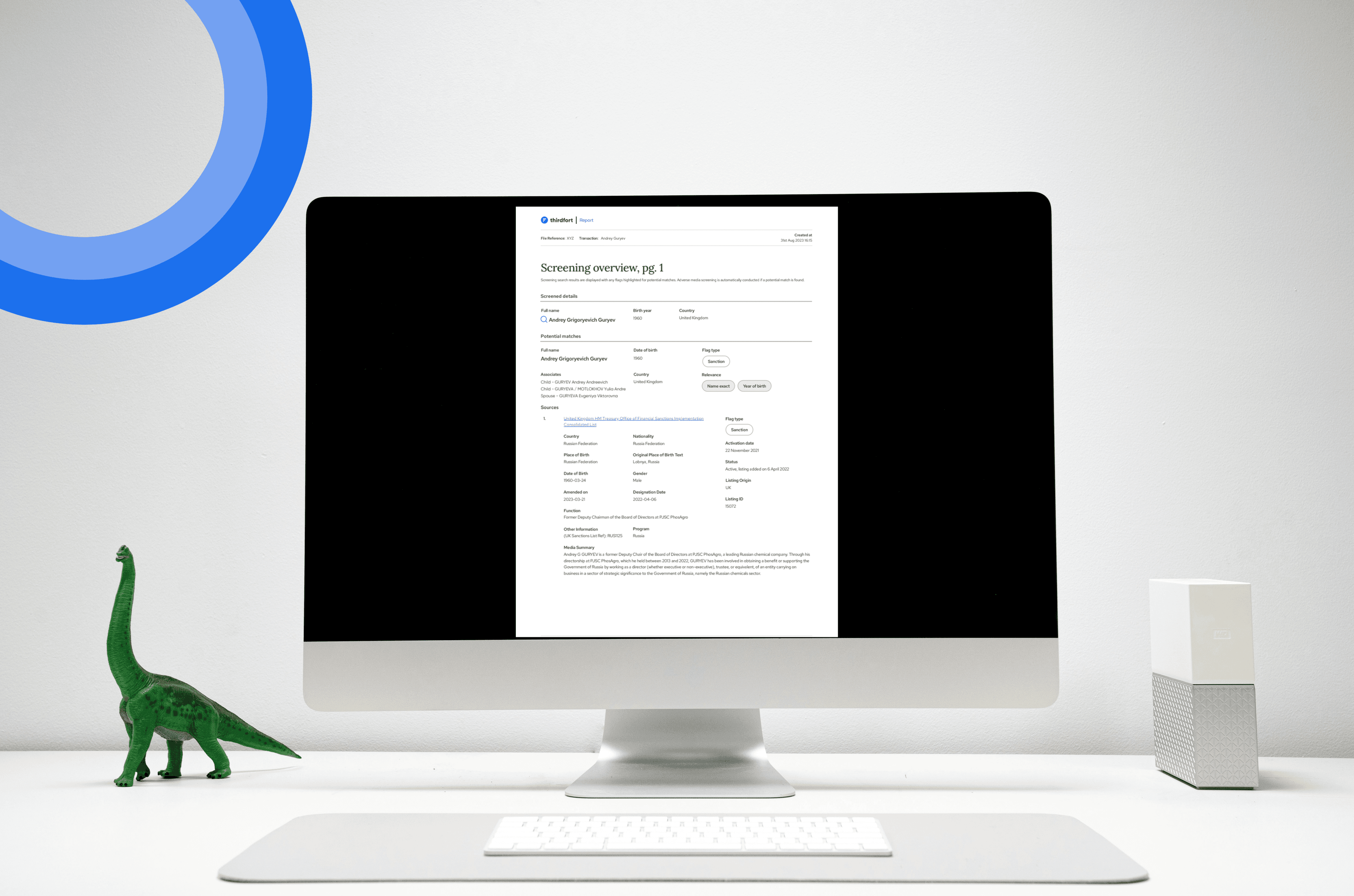Feedback to the future: Building better user experiences
Published

Anna Rasmussen
Product Marketing Manager

Over 2.2 million people have completed a Thirdfort verification using our app. Unsurprisingly, we have received thousands of pieces of feedback from these users over the last six years, and their willingness to tell us exactly how they feel has led to significant improvements in our user experience.
The good, the bad and the user experience
The reality is that a majority of our users aren’t thrilled to be asked to prove who they are or where their money has come from. Historically, the process of verification has been bothersome at best and enraging at worst. Making a previously unsecure, tedious and frankly exhausting process simple and secure comes with a unique set of challenges and a lot of feedback.
One of the things we have learnt in our journey from an ID verification app to Client Due Diligence platform is how to cultivate a culture of embracing our user feedback.
"The beauty of user feedback is that it keeps us honest and focused on what really matters. It can be easy to get caught up in what we think users want, but direct feedback always brings us back to what they actually need and therefore where we need to make improvements."
Marie Kennedy-Paul, Product Manager
We receive thousands of pieces of feedback each month, in the form of reviews, calls to our support team, conversations with our clients, survey results, metrics, complaints, compliments and everything in between. Embracing and accepting the power of user-generated content and feedback has been a game changer for our user experience team as we design and build products that make our users lives easier and safer.
“After data gathering, we identify what the biggest issues are, how many users it’s affecting, and how much effort it will take our product/engineering team to address. We then prioritise based on the areas we can make the biggest impact, and get to work designing a solution”
Eli Ouellette, Product Designer
The future of our product relies heavily on our app users and how they feel interacting with us and our clients. We play a pivotal role in how our app users view their experience with their lawyer, conveyancer, or financial advisor. It’s more than just making a user journey that works. We want to create a positive user experience and leave our users feeling impressed and looked after.
“We want everyone who uses the Thirdfort app to have a positive experience, so one of the most valuable tools in my belt as a product designer has been identifying and incorporating common elements and patterns that are considered “industry standards” across the digital product industry. You may not spend much time consciously thinking about it, but the way you interact with text messages, your mail app–and even social media–all have a lot in common, and these similarities help you navigate each of these apps successfully.”
Eli Ouellette, Product Designer
Building on these familiar patterns has allowed us to create an experience that feels intuitive and trustworthy, while still innovating where needed to handle the unique complexities of identity verification. This balanced approach helps reduce cognitive load and anxiety for users who are often navigating significant life events like buying a home or making major financial decisions. However, we recognise that there's always room for improvement.
“No matter how shiny or seamless an app design is, no app is perfect. It’s a complex thing we’re asking users to do. That being said, with continued feedback, and hard work from our teams, we’ve made real strides in improving the user experience of our app, and we have no plans to stop.”
Eli Ouellette, Product Designer
Constructive criticism: Building for inclusivity on a foundation of feedback.
When working with user feedback, considering perspectives relating to accessibility is vital to ensure that we build products that are truly inclusive. People with differing abilities may face unique challenges that are at risk of being overlooked.
“Diversity in feedback is important to us as it can highlight barriers in usability, navigation, or comprehension that may not affect others”
Christine Ramos Peach, Senior iOS Software Engineer.
By ensuring everyone is able to leave feedback and seeking out and utilising this type of feedback, we can identify and address these issues early, creating a more accessible, equitable, and effective user experience.
“I enjoy and appreciate receiving user feedback. It shows me that users are engaged in our product and that they want to help us improve. Our huge user base and high volume of feedback mean we have a massive amount of data to utilise to make our app inclusive.
Sometimes it can be hard to hear less than favourable feedback, but that's the constructive part of constructive criticism, their feedback helps us to help them”
Christine Ramos Peach, Senior iOS Software Engineer.
Recently we’ve made a few updates based on feedback from our users and our accessibility partners to make our app more inclusive:
Dark mode and colour: Reduces eye strain and limits blue light exposure. It's particularly beneficial for users with light sensitivity and those who prefer darker interfaces. We also did a lot of research and work on our colour contrast to ensure our content is readable regardless of a user’s device settings.
Dynamic Text: Our app respects the user's device font size settings, automatically adjusting content to improve readability. This is especially helpful for our older demographic, with a surprisingly high percentage of users preferring larger font sizes.
Voice-over: This feature assists visually impaired users by reading out screen content, enabling them to navigate the app and complete tasks effectively.
What have we actually changed?
Listening to our users doesn’t mean anything unless we use their feedback and feelings to implement change. In addition to the accessibility improvements listed above, over the last year we have been making improvements to our app based on user feedback meaning our users:
Get more information at the start of their ID journey about which documents and information they’ll need to complete their verification.
Have access to tips and tools throughout the app process for help and reassurance when they need it.
Can get in contact with our support team through their preferred channel, directly within the app.
Find it easier to scan, capture images and upload documents.
Check our the video below for more information about our app improvements and what they mean for our users.
To learn more about how Thirdfort can help you build an exceptional user journey for your clients, contact us today.
Subscribe to our newsletter
Subscribe to our monthly newsletter for recaps and recordings of our webinars, invitations for upcoming events and curated industry news. We’ll also send our guide to Digital ID Verification as a welcome gift.
Our Privacy Policy sets out how the personal data collected from you will be processed by us.


